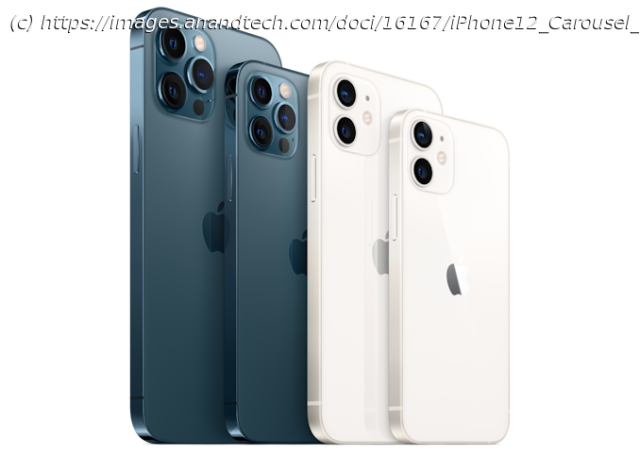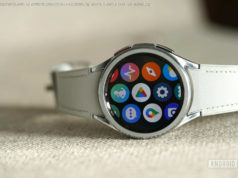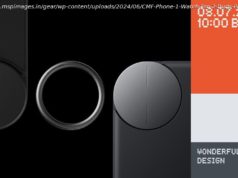A little later in the year than usual, but today we finally saw the announcement of Apple’s newest line-up of iPhones. This time around …
A little later in the year than usual, but today we finally saw the announcement of Apple’s newest line-up of iPhones. This time around we didn’t get two, or even three phones, but a total of four new devices ranging both in size as well as in pricing. The iPhone 12 series is a major leap for Apple as they represent the company’s first ever 5G devices, preparing the company for the next generation of cellular networks for the better part of this decade. The iPhone 12 Pro and 12 Pro Max are both straightforward upgrades to the 11 Pro series, whilst the regular iPhone 12 represents the mainstream option as a successor to the iPhone 11. The new entry in the line-up is the iPhone 12 mini – an incredibly exciting device for people who are looking for a more diminutive form-factor device, being smaller and more light-weight than even the iPhone SE released earlier in the year. Thanks to the new A14 SoC, we’re seeing upgraded performance across the board, as well as greatly improve image processing on the camera systems, with particularly the iPhone 12 Pro Max standing out in terms of its camera systems. Starting off with the specifications, one big centre-point figure about the new iPhones 12 series is Apple’s newest A14 SoC chip. Apple had already revealed the chip back last month with the release of the iPad Air. The CPUs still feature 2+4 cores, with Apple a few weeks ago proclaiming a 40% performance boost compared to the A12, which should end up as 16% boost against the A13. Similarly, they had noted a 30% GPU performance boost over the A12, and when we normalise that across generations it would represent a more meagre 8.3% boost. We had worried about the rather conservative performance figures that Apple had presented in its initial event, but theorised that it’s possible the company had opted to optimise power efficiency over more performance gains. In today’s presentation, Apple rather than alleviating these worries with more details, actually made me think of the worst-case scenario as they had made no mention of power efficiency. Even worse still, Apple resorted to comparing the performance of its A14 chip to the nearest mobile competition – claiming a 50% performance leadership both in CPU and GPU performance. Whilst these figures are in line with what we’ve measured these past generations, it’s very much atypical and unlike Apple to make comparisons like this, historically actually always just ignoring the competition and rather focusing on their own generational improvements. Apple not mentioning power efficiency, as well as them opting to showcase competitive figures rather than generational improvements is a bit of a red flag for me, so I do hope the A14 actually ends up being a notable upgrade, fingers crossed. In terms of memory and storage, well, as usual Apple doesn’t like to talk about the DRAM employed on the devices, but we do at least expect a shift to LPDDR5 this generation as this would be in line with industry production schedules and capacities. In terms of storage, we’re finally seeing a shift from 64GB to 128GB for the 12 Pro models. You can opt for the usual 256 or 512GB configurations here for a more substantial mark-up. The iPhone 12 and 12 mini remain at a 64GB starting point, boosting to either 128 or 256GB configurations. Apple put a lot of emphasis on the 5G capability of the phones this generation. All of the new devices in the 12 series are 5G compatible, with fully featured cellular capabilities for the new standard – at least in some countries. mmWave also sees adoption across the board, however only in the US market as all other global variants only support sub-6GHz 5G NR connectivity. What was notable is that Apple claimed they did extensive work on designing custom antennas for the new phones, integrated into the new metal frame of the iPhones 12’s – it’ll be very interesting to see teardowns of the devices once available. Starting off with the new iPhone 12 and 12 mini, Apple showcased the new industrial design of the new phones, which feels a lot like a jump back in time to the iPhone 4/5 days, featuring a characteristic flat metal frame. Apple has been able to reduce the bezels of the phones on all sides, and thanks to this actually manages to house larger diagonal screens in roughly the same footprint as its predecessor devices. The big news for the regular iPhone 12 as well as the 12 mini is the fact that Apple has finally ditched the LCD panels and gone OLED for the full line-up.






